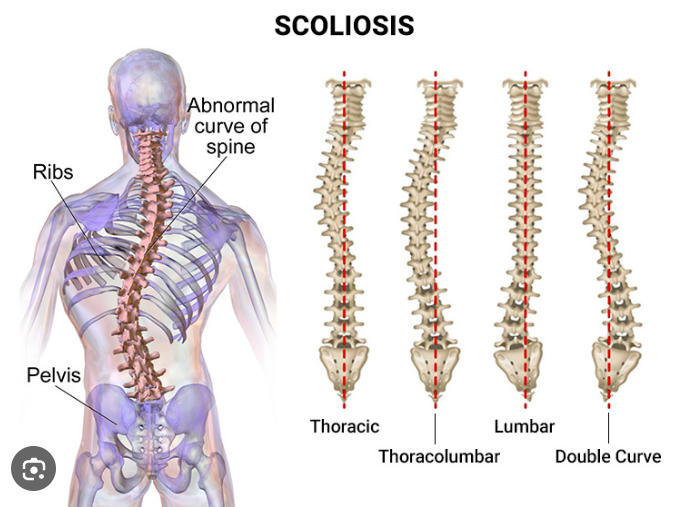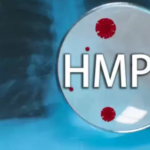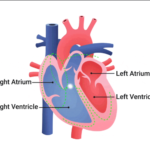What you should know about Scoliosis causes, diagnosis, and treatment
It is fitting to use the Greek word scoliosis, which means curved or crooked, to characterize the medical condition known as scoliosis. The spine will often curve sideways in an S or C shape as a result of this disease. Children who are growing particularly quickly in their late childhood and early adolescence are most likely to experience it.
In the United States, scoliosis affects an estimated 2% to 3% of the population, or roughly 6 to 9 million people, the majority of whom are children. Generally speaking, it affects girls more severely than boys and can run in families due to genetic history, though most cases are classified as idiopathic, which indicates that the cause is unknown.
Also read-Fibromyalgia : A Patient’s Guide to Fibromyalgia And Its Symptoms
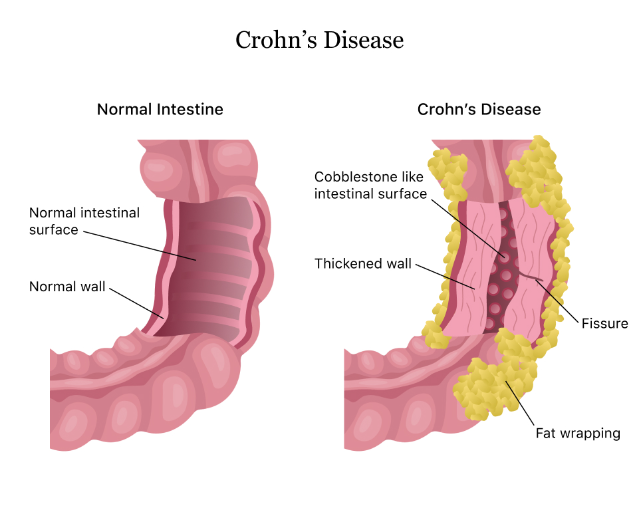
What is scoliosis?
The human spine is made up of a series of small bony structures called vertebrae, which are joined together by soft tissues like cartilage, muscles, ligaments, and tendons. This structure is what makes the spine able to twist, bend, stretch, and be flexible enough for all the things the body can do. Normally, the vertebrae and soft tissues grow in a vertical line when looked at from the front or back, though they do curve in an S shape when observed from the side. Scoliosis causes the spine to divert from that straight vertical line, becoming curved and, sometimes, rotated, like a corkscrew when observed from the front or back.
Signs and symptoms
According to the American Association of Neurological Surgeons, there are several signs that may indicate scoliosis:
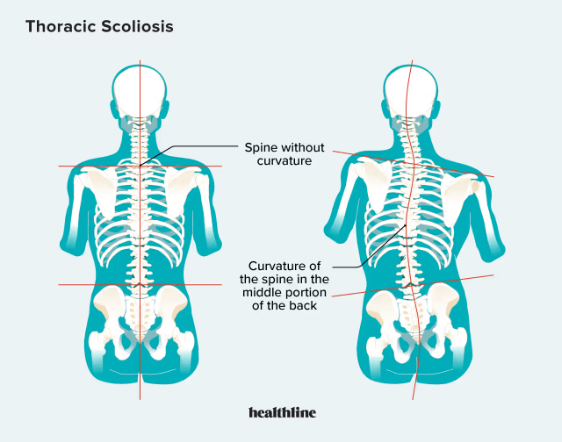
- Shoulders are uneven, and one or both shoulder blades may stick out.
- The head is not centered directly above the pelvis.
- One or both hips are raised or unusually high.
- Rib cages are at different heights.
- The waist is uneven.
- The appearance or texture of the skin over the spine changes (dimples, hairy patches, or color abnormalities may appear).
- The entire body leans to one side.
Diagnosis
The Adam’s forward bend test is a common screening tool that pediatricians and other healthcare providers, such as school-based health screeners, can use for a preliminary screening. The young person places their feet together and bends forward at the waist by ninety degrees. From this vantage point, a skilled examiner can spot any physical asymmetry or unusual spinal curves. This basic screening cannot identify the exact type or severity of a child’s scoliosis; it can only identify children who may have it.
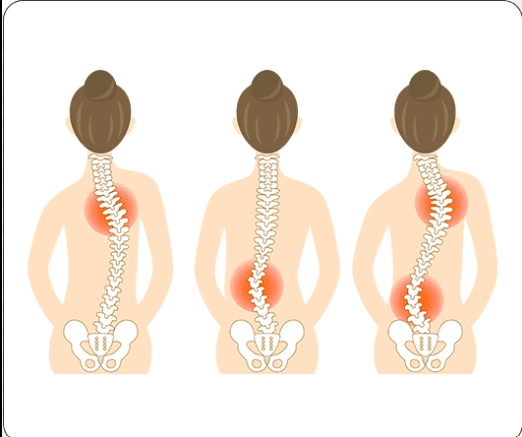
For that, an orthopedic or neurologic physician can usually diagnose scoliosis with a physical examination, confirmed by an imaging study like an X-ray, spinal radiograph, CT scan, or MRI. They measure the degree of curvature to determine the severity of the disease. Any curvature greater than 10 degrees is considered scoliosis. In general, a curve above 25 to 30 degrees is considered significant, and curves exceeding 45 to 50 degrees are considered severe.
Treatment
Small curves usually don’t cause problems and don’t need any treatment, though the curvature never goes away. But if the curve is large, or if it gets worse, it can damage the joints in the spine, lead to arthritis of the spine, cause the ribs to rub painfully against the pelvis, and cause breathing, heart, and digestive problems.
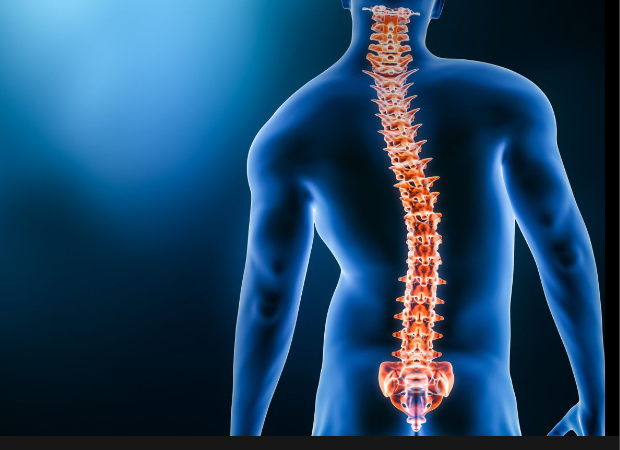
The Scoliosis Research Society states that the patient’s family doctor or pediatrician should check on them on a regular basis if they have a larger curve and/or are still growing. Should it worsen, an orthopedic surgeon should see the child to see if treatment is required. According to the SRS, the following variables will influence the kind of care suggested for children and teenagers with idiopathic scoliosis:
- Patient age.
- Bone age (the maturation of bone is not always the same as the chronological age)
- Degree of curvature.
- Location of the curve in the spine
- Status of menses and puberty
- Patient gender.
- Curve worsening.
- Associated symptoms such as back pain or shortness of breath.
Also read-Osteoporosis : A Patient’s Guide to Osteoporosis
images source: Google
Disclaimer: The opinions and suggestions expressed in this article are solely those of the individual analysts. These are not the opinions of HNN. For more, please consult with your doctor.







